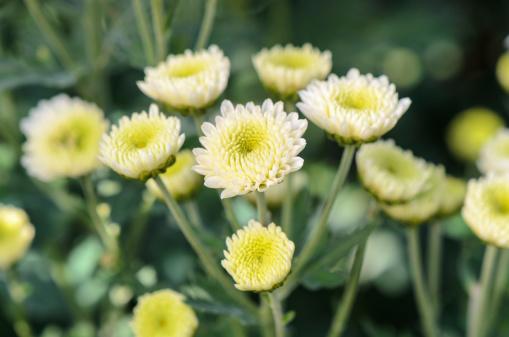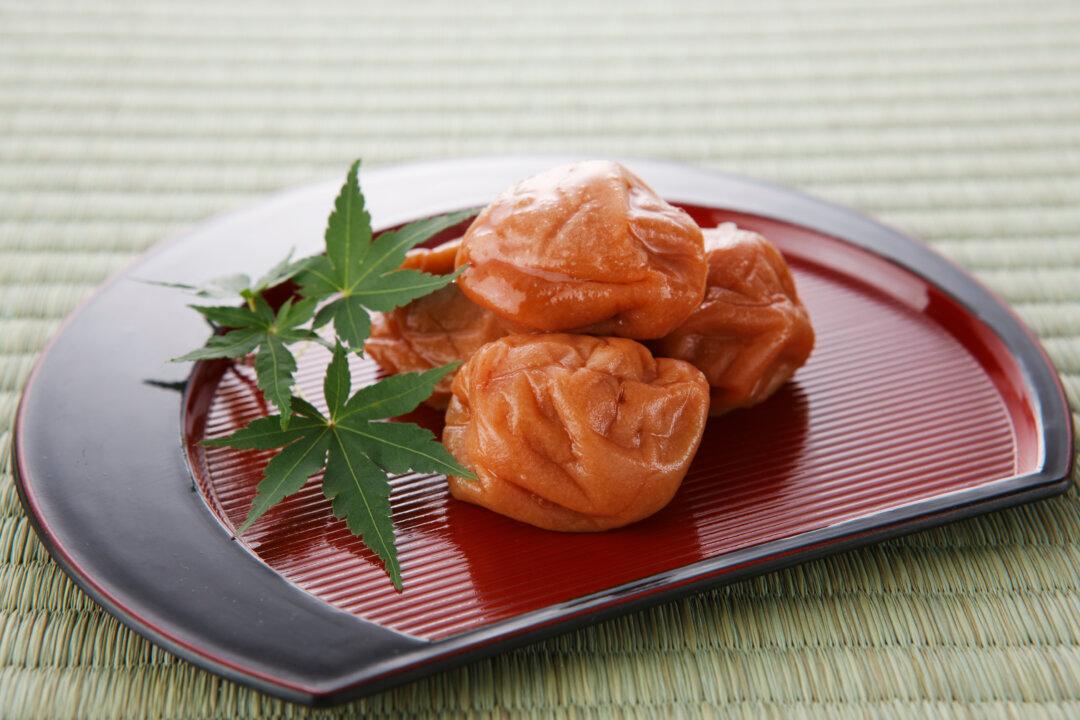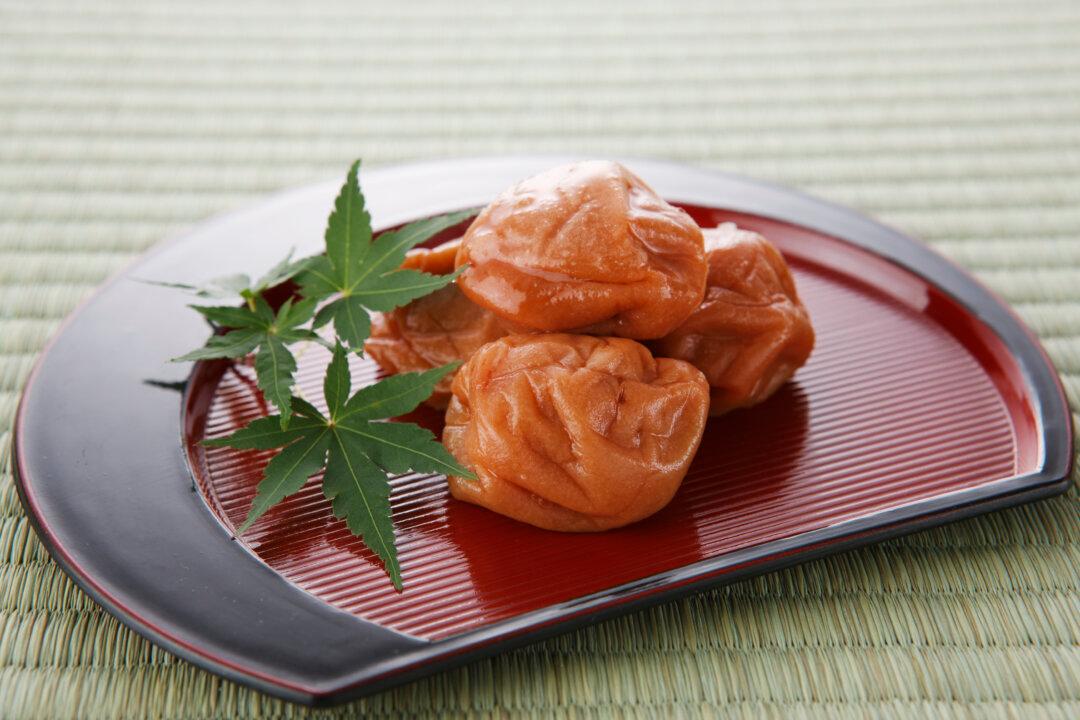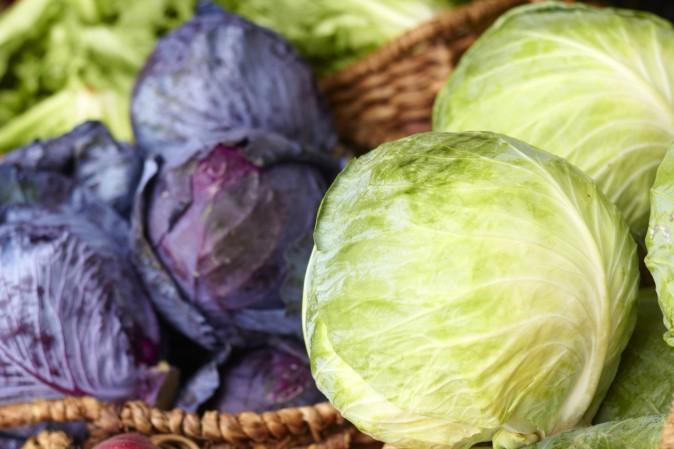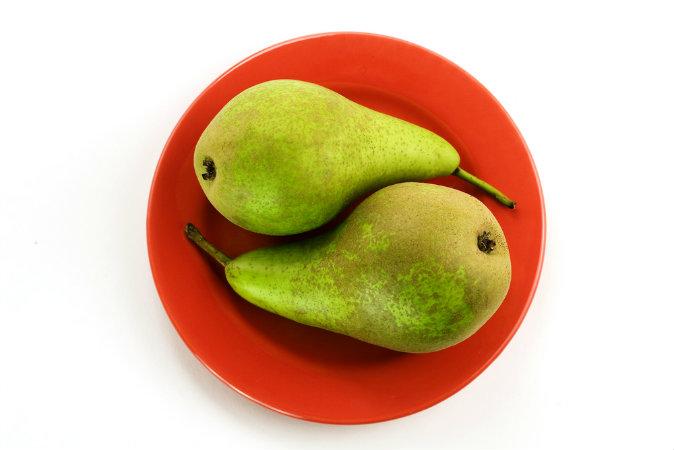The warm weather is here, and this is the ideal time to detoxify and revitalize your body by sipping a cup of soothing chrysanthemum tea.
This floral tea has a pleasant flavor, leaves a clean taste on the palate, and helps to support the liver, eliminate toxins, and brighten the eyes.

